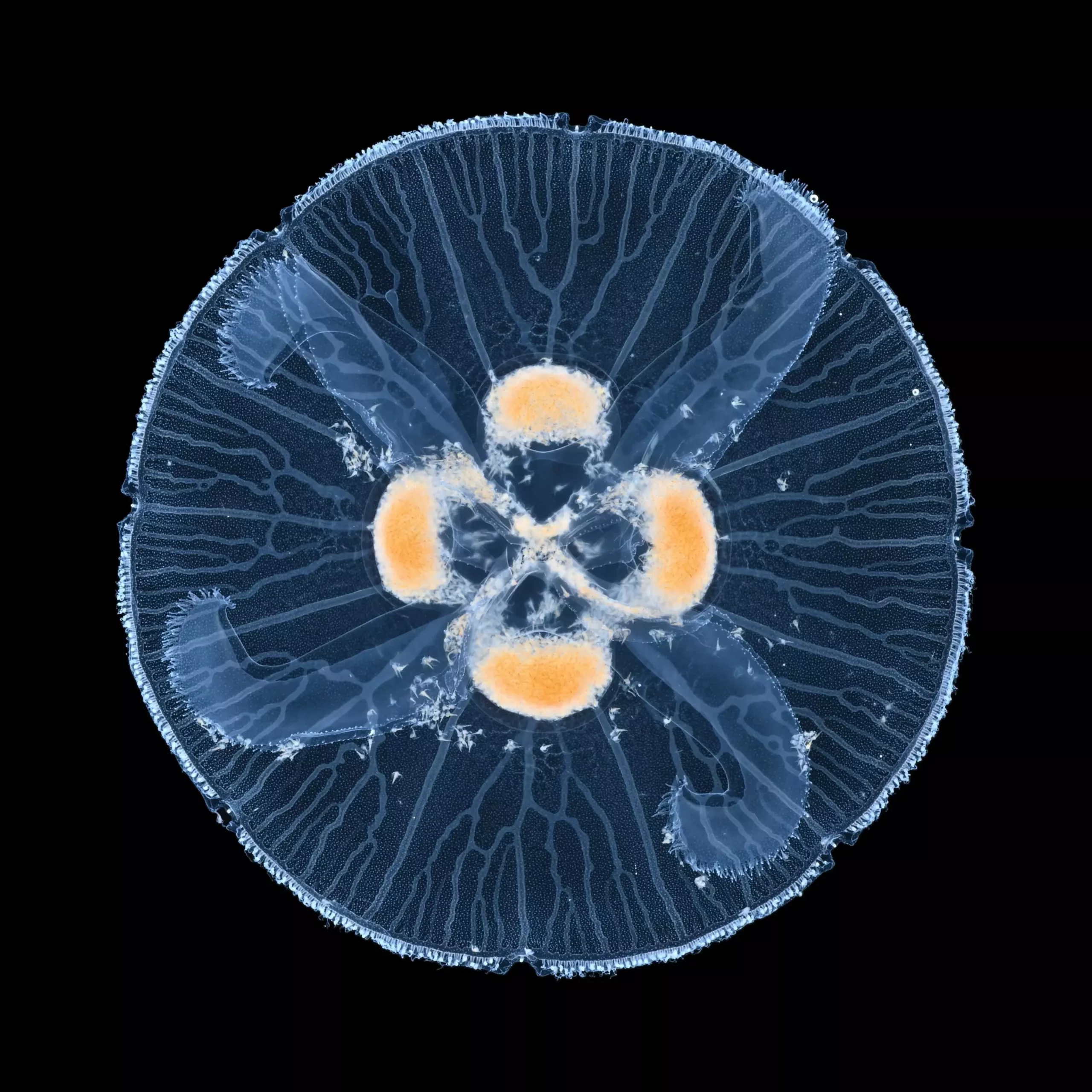Transport networks underlie many fundamental processes in nature, serving critical functions in both biological and physical systems. From the vascular systems of animals to the intricate pathways of nutrients in plant life, the stability and adaptability of these networks are of paramount importance. Recent research has shed light on the mechanisms that govern the formation of loops within these networks, revealing a dynamic interplay that enhances their resilience and functional efficiency. This article delves into the discovery of how particular interactions between network branches can shape their connectivity and stability.
The core focus of recent studies is how transport networks can spontaneously form loops, an essential feature that significantly bolsters their structural integrity. When network branches approach the boundary of a system—be it a biological entity or a physical model—researchers have observed a remarkable transformation in their interactions. Initially, branches that repel one another can shift to an attractive relationship upon reaching a critical boundary. This unexpected attraction leads to an array of branches connecting and forming loops, enhancing the network’s overall functionality.
Stanislaw Żukowski, a key researcher involved in the study from the University of Warsaw, highlights this phenomenon. The shift from repulsion to attraction among branches at system boundaries is a transformative event that has been documented across various types of transport networks. These ranges from biological systems such as jellyfish canal networks to man-made structures like electrical discharge paths.
In biological organisms, looping networks are prevalent in processes such as nutrient transport, oxygen circulation, and waste removal. The presence of loops significantly reduces the vulnerability of these systems. For instance, in a network without loops, the failure of a single branch could result in total loss of connectivity for all branches linked to it. Conversely, networks with loops can maintain functionality even when individual branches become damaged or are removed.
The study of loop formation in jellyfish gastrovascular systems presents a fascinating case. As Żukowski observed, when shorter canals connect to the central cavity of a jellyfish, an attractive interaction among the branches triggers loop formation. Such biological examples underscore the evolutionary advantage loops confer, allowing dynamic adaptability in complex environments.
A critical aspect of the research involves the role of resistance differences between the network branches and their surrounding medium. The study elucidates how variations in resistance can foster competition and repulsion, which, once overcome by approaching system boundaries, can subsequently lead to attractive interactions and loop formation.
Previous research by Piotr Szymczak and his group hinted at the pivotal role of resistance in these dynamics. They proposed that even a minor disparity in resistance could prompt an attractive interaction among growing network branches, facilitating loop formation. This notion expands our understanding of how transport networks not only grow but also adapt in response to external conditions, including pressure differentials and concentric flows.
Research on loop formation is not only limited to biological systems; it has implications across various scientific fields. The insights gained from examining jellyfish networks have prompted scientists to explore other instances of similar dynamics, such as fluid mechanics during phase transitions and electrical discharge phenomena in storm systems.
The model introduced by the researchers offers a significant advancement in our comprehension of how networks operate and adapt under changing conditions. It demystifies why loop formation is prevalent across multiple physical and biological systems, encompassing those characterized by substantial resistance differences.
The implications of this research are far-reaching. Identifying the conditions conducive to loop formation can pave the way for innovations in engineering, healthcare, and environmental science. Future explorations may reveal additional systems and mechanisms where similar dynamics occur, potentially influencing approaches to design resilient infrastructure or optimizing biological processes for enhanced efficiency.
The collaboration among institutions—ranging from the University of Warsaw to multiple research laboratories—speaks to the collective effort to unravel the complexities of natural systems. As researchers like Żukowski, Szymczak, and Cornelissen push the boundaries of our knowledge, we stand on the brink of new revelations about the intricate networks that shape our world. Ultimately, understanding these processes not only enriches our scientific repertoire but also empowers us to harness nature’s principles in innovative and sustainable ways.


Leave a Reply